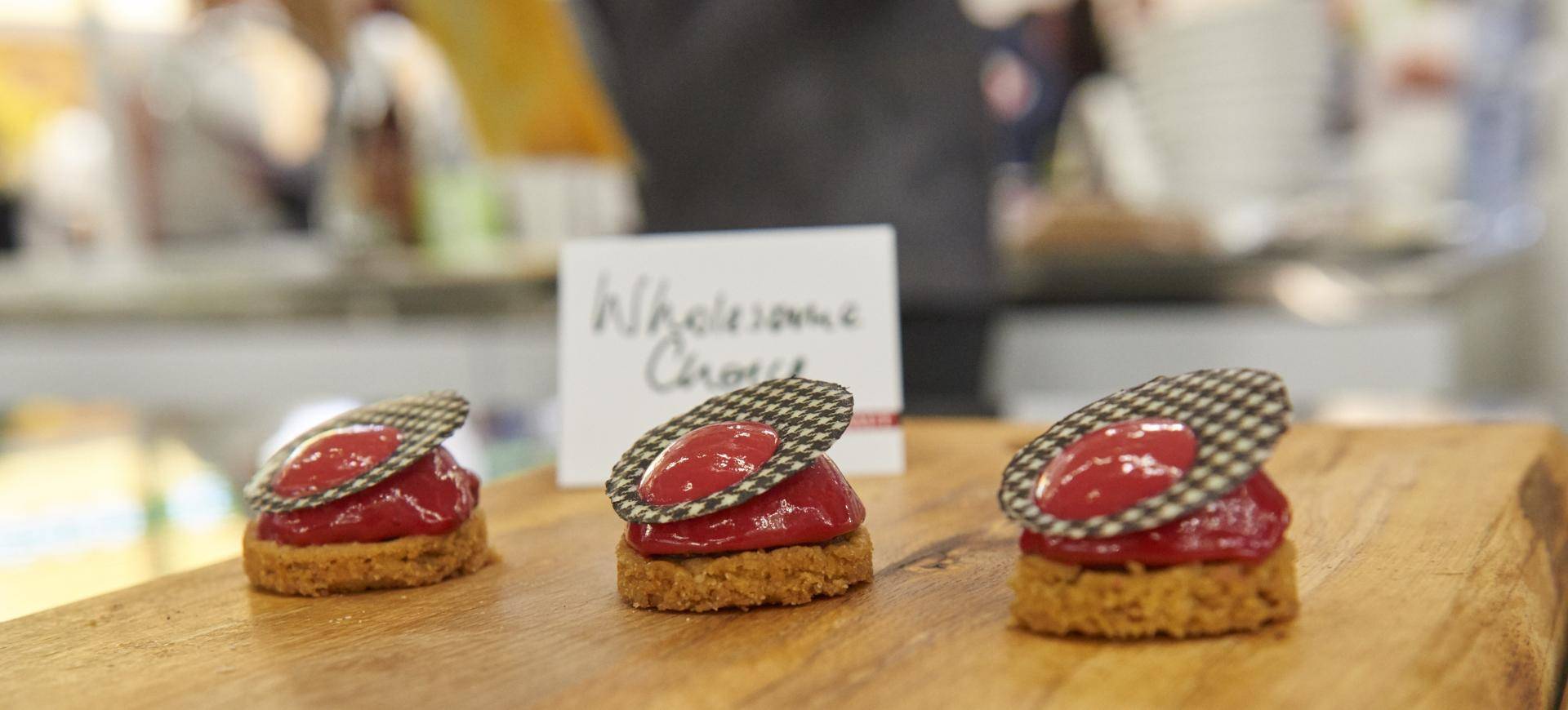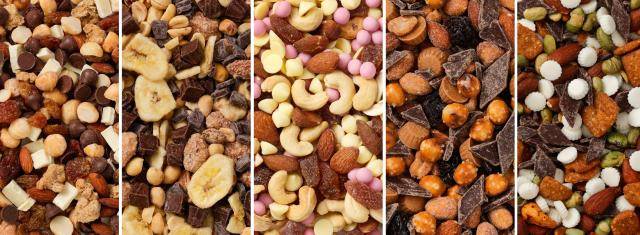After fat, sugar, especially the amount present in sweet goods, is getting some (bad) press. While government bodies are taking action against it, consumers are more and more aware of their sugar intake.
Discover 3 ways for sugar reduction in baked goods and some examples of how it can be marketed.
1. Gradual reduction
Gradually decreasing sugar in a product is a way to reduce the overall amount of sugar by getting consumers accustomed to a less sweet taste over time, without affecting product perception. This solution, however, can only work up to a certain point without affecting organoleptic properties. It is often not claimed on the pack, but rather part of a health & wellbeing corporate strategy.
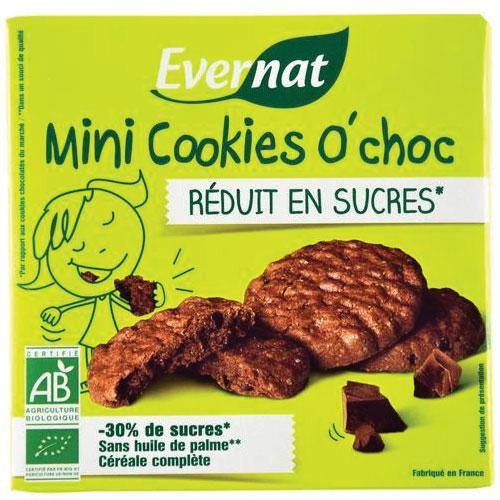
Organic 30% sugar reduced biscuits (Evernat, France). The product seems to have been positioned for children.
2. Claiming sugar reduction
In order to be able to claim “reduced in sugar”, the overall amount of sugar in the product should be 30% lower than the market average. The claim is used especially for biscuits and cereals; categories for which wholesomeness is a highly relevant consumer benefit.
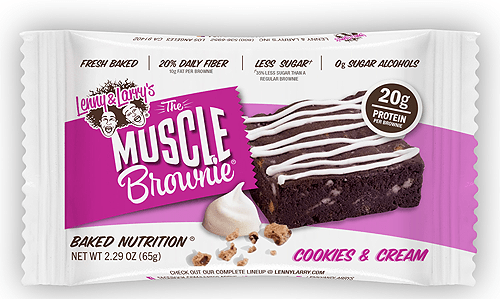
Protein-enriched, sugar reduced Cookies and cream brownie (The Muscle Brownie, US)
Within the cake category, “reduced in sugar” claims are more often seen with sports and nutrition type of products.
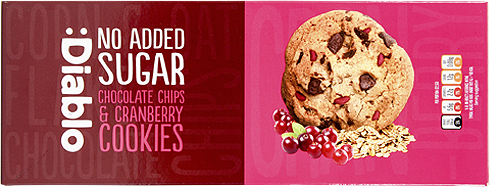
No added sugar chocolate & cranberry cookies (Diablo, UK)
3. Claiming "without added sugar"
The “no added sugar” claim has proven popular especially within the biscuit category - the number of launches with the claim doubled over the last 5 years (Source: Innova). The natural and unprocessed halo of the claim is very appealing to consumers and allows for a less functional and more indulgent product positioning.
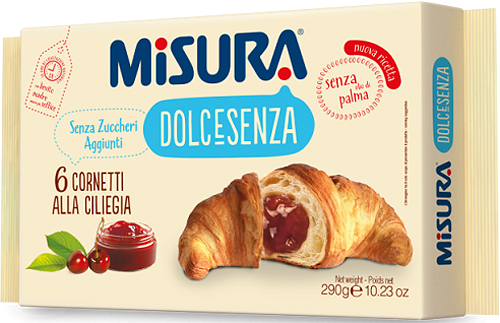
Croissant without added sugar (Mizura, Italy)
Breakfast is seen by consumers as a health & wellness moment of the day. In the example below, croissant (consumed in the morning in Italy) have been made without added sugar to cater to consumers’ needs for a wholesome breakfast.
Regulatory tip: “no added sugar” chocolate can only be used in combination with a “no added sugar” dough.
Barry Callebaut has been developing a range of wholesome chocolate solutions fitting all sugar reduction strategies.
